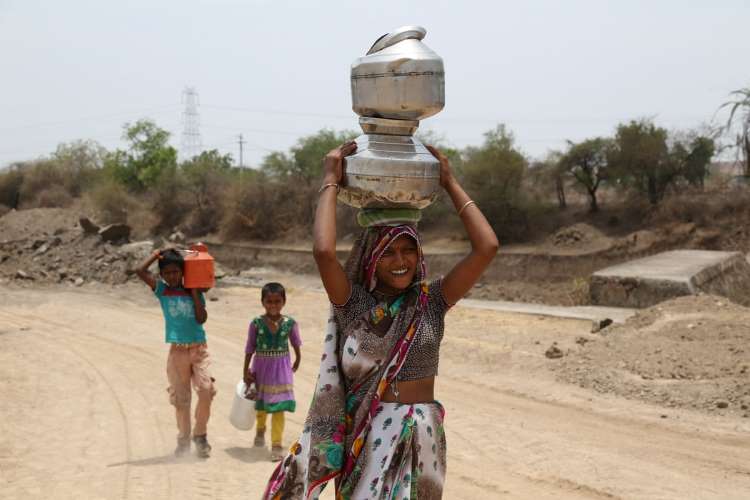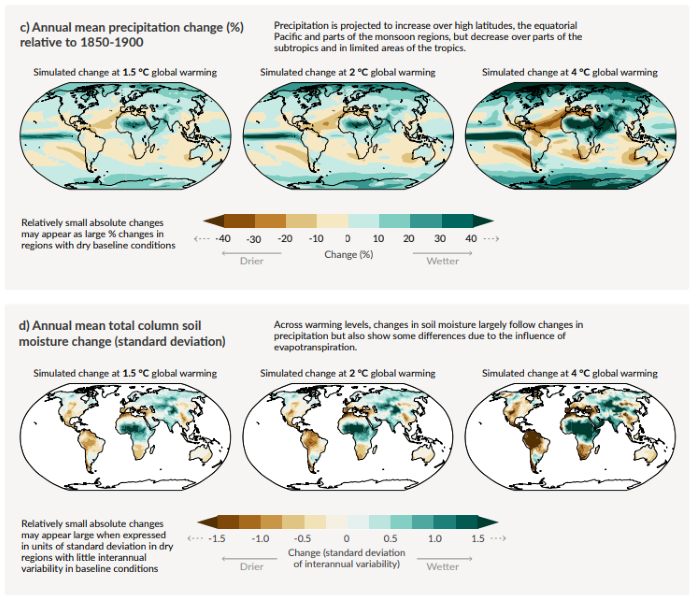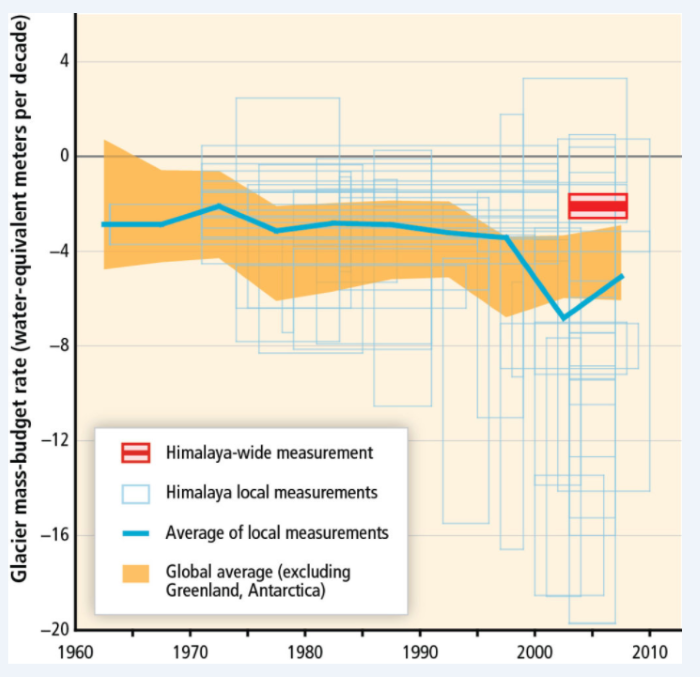
The Intergovernmental Panel on Climate Change has a dire prediction on water crisis. World will see more water-related problems such as droughts, wildfires, and flooding as the global mean temperature rises. It says increase in temperature will trigger changes in the planet’s water cycle, with wet regions getting wetter, and arid areas facing droughts. An increase of 1C in global temperature will see rainfall intensifying by 7%, says an IPCC report released earlier this month.
The report predicts that the global heating target of 1.5C set by the Paris climate agreement could be breached in 20 years. Hot atmosphere will hold and transport more moisture, leading to an acceleration of the hydrological cycle. The planet will see more evaporation in tropical areas, and more intense rainfall in some equatorial regions and the high latitudes. This will result in severe flooding in the wettest areas of the planet.
READ I World may miss climate change targets; IPCC for damage control

Climate change and water shortage
Global conflicts and overpopulation will lead to a shortage in the world’s most abundant resource as the global mean temperature rises. At least two billion people do not have access to safe drinking water at present. The seriousness of the problem has led to attempts towards developing projects and technologies to address the water crisis. The climate change is manifesting in the form of wildfires, rise in sea levels, cyclones, floods and droughts. As the situation worsens, humanity needs to preserve water with the same intensity with which it fought the Covid-19 pandemic.
The report says that droughts will become more severe in some of the driest regions of the world. The situation will be worsened by consequences such as wildfires – the planet is already witnessing major wildfires in several continents. The changes in water systems could spell disaster for millions of people across the world. Poverty will become more acute and life would become a daily struggle for the poorest people in the world. Women who fetch water for their families would find it difficult to find enough water for their families.

In India, a tropical country that receives heavy rains and home to a large number of rivers, 100 million people lack access to safe water. This is because close to three fourths of the country’s surface water sources are contaminated by human, animal, agricultural and industrial waste. Its ground water sources also have high levels of mineral contaminants. Close to four fifths of the diseases in the country are water and sanitation-related.
The climate change and water crisis in India are taking the shape of inter-state disputes, while river water sharing is a possible trigger for transnational disputes. India has water management disputes will Pakistan, Bangladesh, and China.
READ I Climate change: Indian monsoon among nine tipping points
Impact on southwest monsoon
The Southwest monsoon that is crucial for India’s agriculture sector, which provide livelihood for more than 40% of the country’s population, will be impacted by the rising temperature. Monsoons rains would become less predictable in future. India’s northern plains will see flooding and drought as glaciers shrink and some of them even disappear.
In 2012, an intelligence report on water security predicted major floods and droughts will threaten the very existence of many countries by creating instability and escalating regional tensions. It predicted that without better water management, the world would see major shortages in water supply by 2040.
International relations experts say future wars will be fought for water, the most abundant natural resource on Earth. No wonder water figures prominently in the United Nations’ Sustainable Development Goals. National governments and NGOs across the world have done some excellent work towards SDG 6 – clean drinking water and sanitation.
At least 25% of the global population lack access to clean water, 40% do not have basic handwashing facility, and more than 50% still practice open defecation. The Covid-19 pandemic highlighted the importance of hygiene and sanitation in containing diseases and handwashing is the most potent action to prevent infections. Global leaders joining the Cop26 summit in Glasgow in November are expected to offer financial assistance to poor nations which may find it difficult to address the climate crisis. Unless world nations show enough commitment to fight climate change, life on the planet will become difficult for the its vulnerable population.
(Sajna Nair is a former banker. She writes on environment, art and culture.)
Anil Nair is Founder and Editor, Policy Circle.

